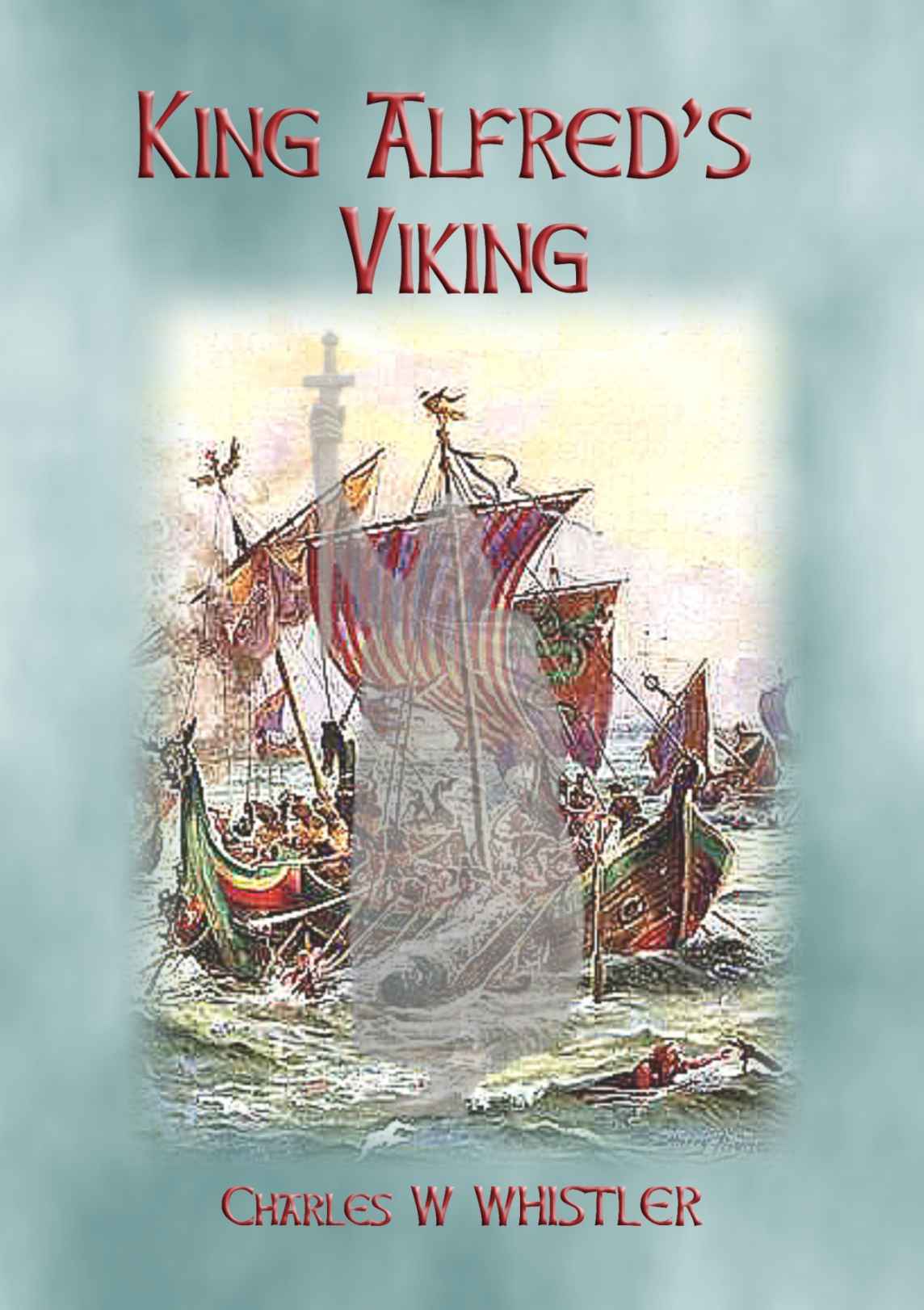

Most ebook files are in PDF format, so you can easily read them using various software such as Foxit Reader or directly on the Google Chrome browser.
Some ebook files are released by publishers in other formats such as .awz, .mobi, .epub, .fb2, etc. You may need to install specific software to read these formats on mobile/PC, such as Calibre.
Please read the tutorial at this link: https://ebookbell.com/faq
We offer FREE conversion to the popular formats you request; however, this may take some time. Therefore, right after payment, please email us, and we will try to provide the service as quickly as possible.
For some exceptional file formats or broken links (if any), please refrain from opening any disputes. Instead, email us first, and we will try to assist within a maximum of 6 hours.
EbookBell Team

5.0
38 reviewsThe general details
and course of events given in this story about King Alfred are, in the main, as
written by Asser, the King’s chaplain. One or two further incidents of the
Athelney period are from the later chroniclers--notably the sign given by St.
Cuthberht--as are also the names of the herdsman and the nobles in hiding in
the fen.
But all the
characters can be found here – King Alfred, Queen Ealhswith, their daughters,
Asser, Odda, Osmund, Cuthbert, Guthrum, Hubba, St. Neot, Athelstan Godred,
Ethelred, Thiodolf, Thora and the other significant players of the
age.
The story is told
by Ranald Vemundsson, son of the late Vemund, king of Southmereland, Norway,
slain by Jarl Rognvald on the orders of Harald Fairhair. For his own safety Ranald
fled Norway after being given a place on Jarl Einar’s ship - and so he came to
England and the Danelaw. Whether Ranald actually was Alfred’s Viking is
conjecture.
That Alfred put his
first fleet into the charge of "certain Vikings" is well known,
though the name of their chief is not given. These Vikings would certainly be
Norse, either detached from the following of Rolf Ganger, who wintered in
England in 875 A.D. the year before his descent on Normandy; or else
independent rovers who, like Rolf, had been driven from Norway by the
high-handed methods of Harald Fairhair. Indeed, the time when a Norse
contingent was not present with the English forces, from this period till at
least that of the battle of Brunanburh in 947 A.D. would probably be an
exception.
There are,
therefore, good historic grounds for the position given to the hero of the
story as leader of the newly-formed fleet. The details of the burning of his
supposed father's hall, and of the Orkney period, are taken from the Sagas.
===============